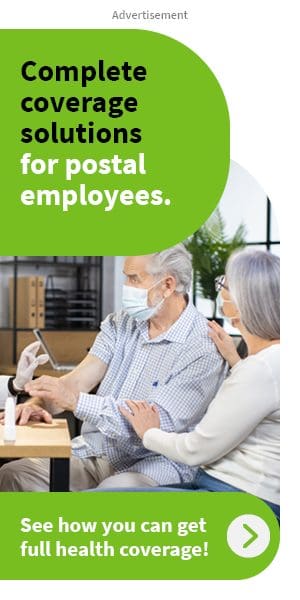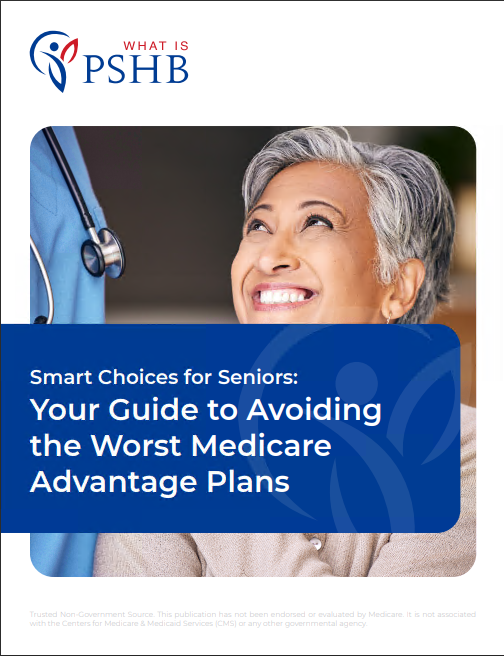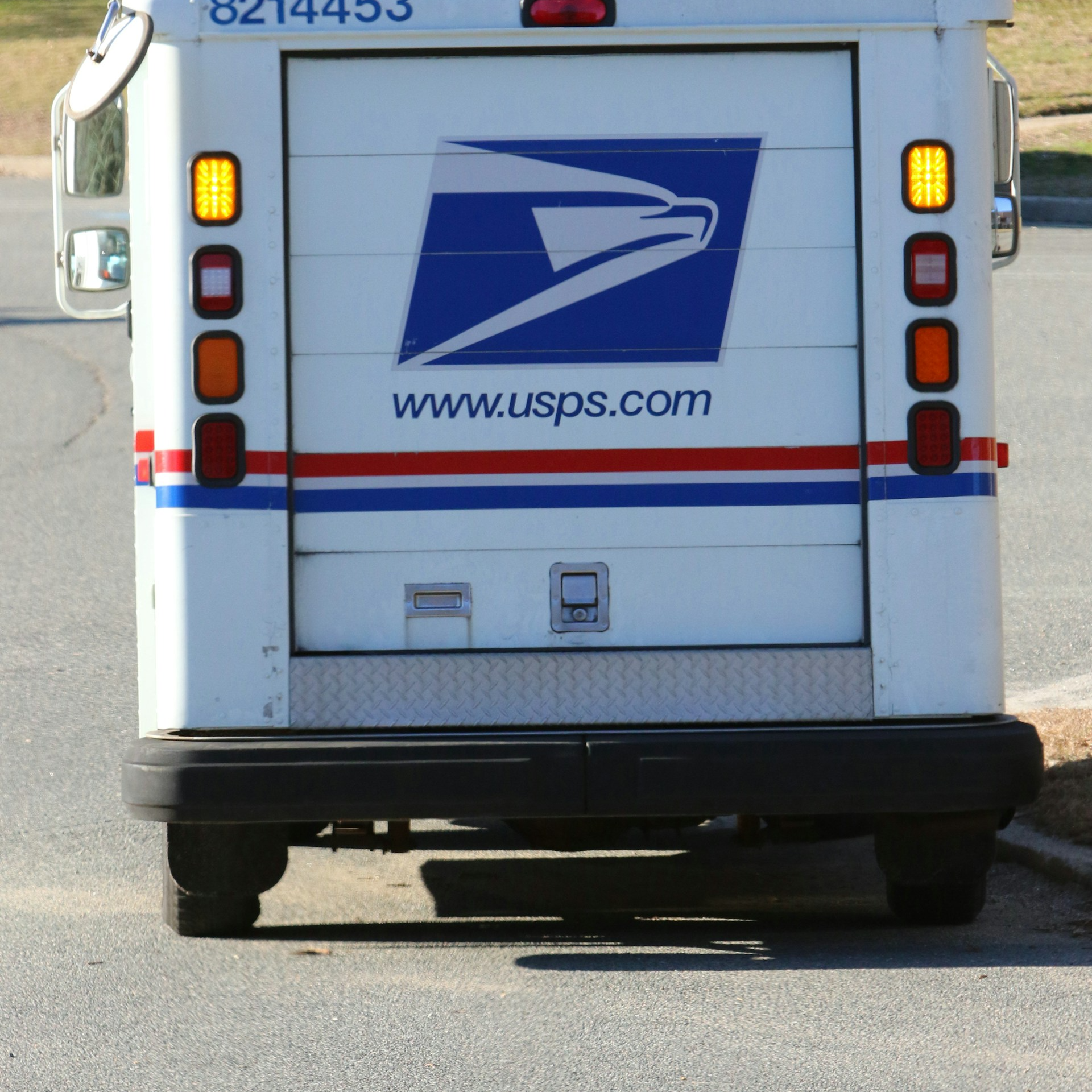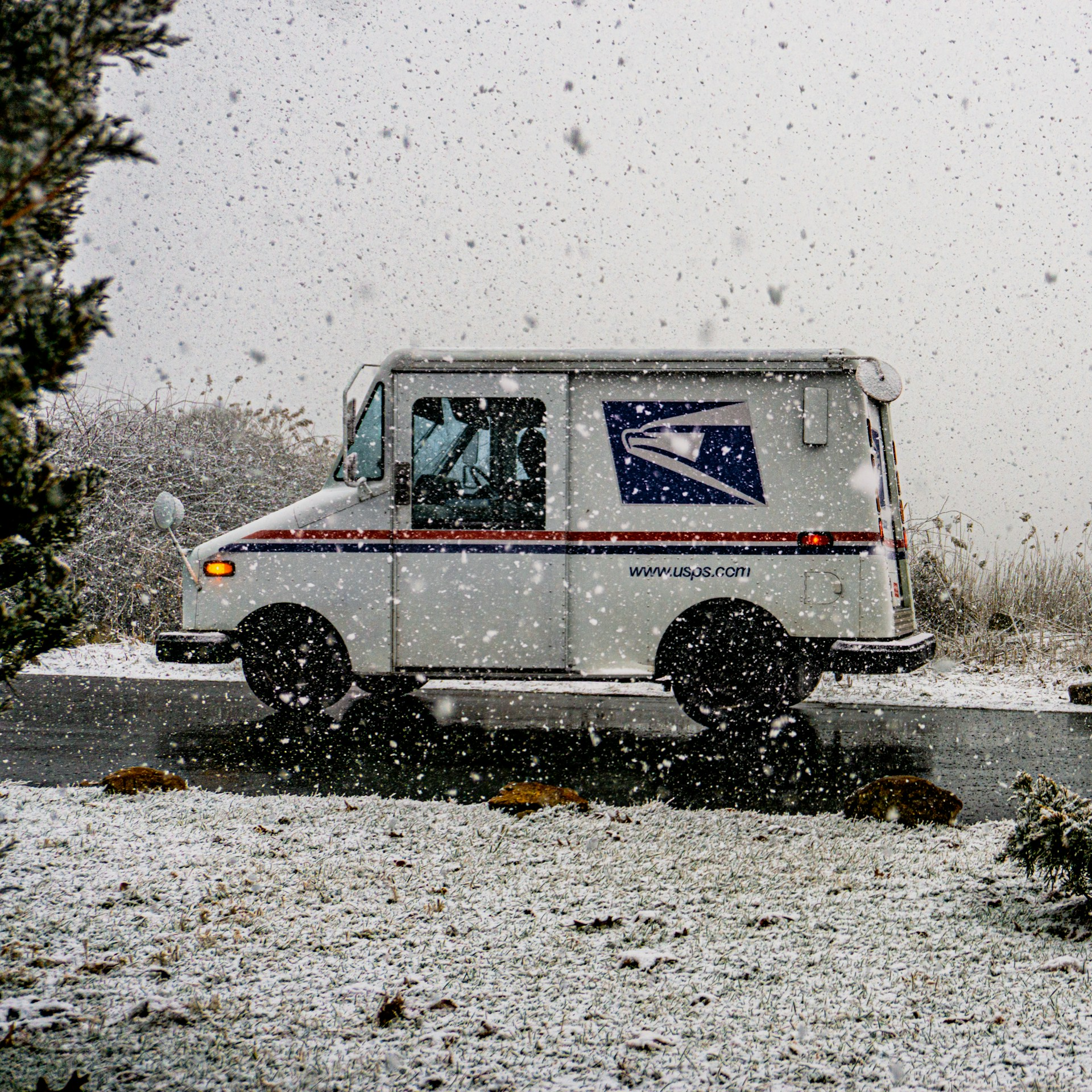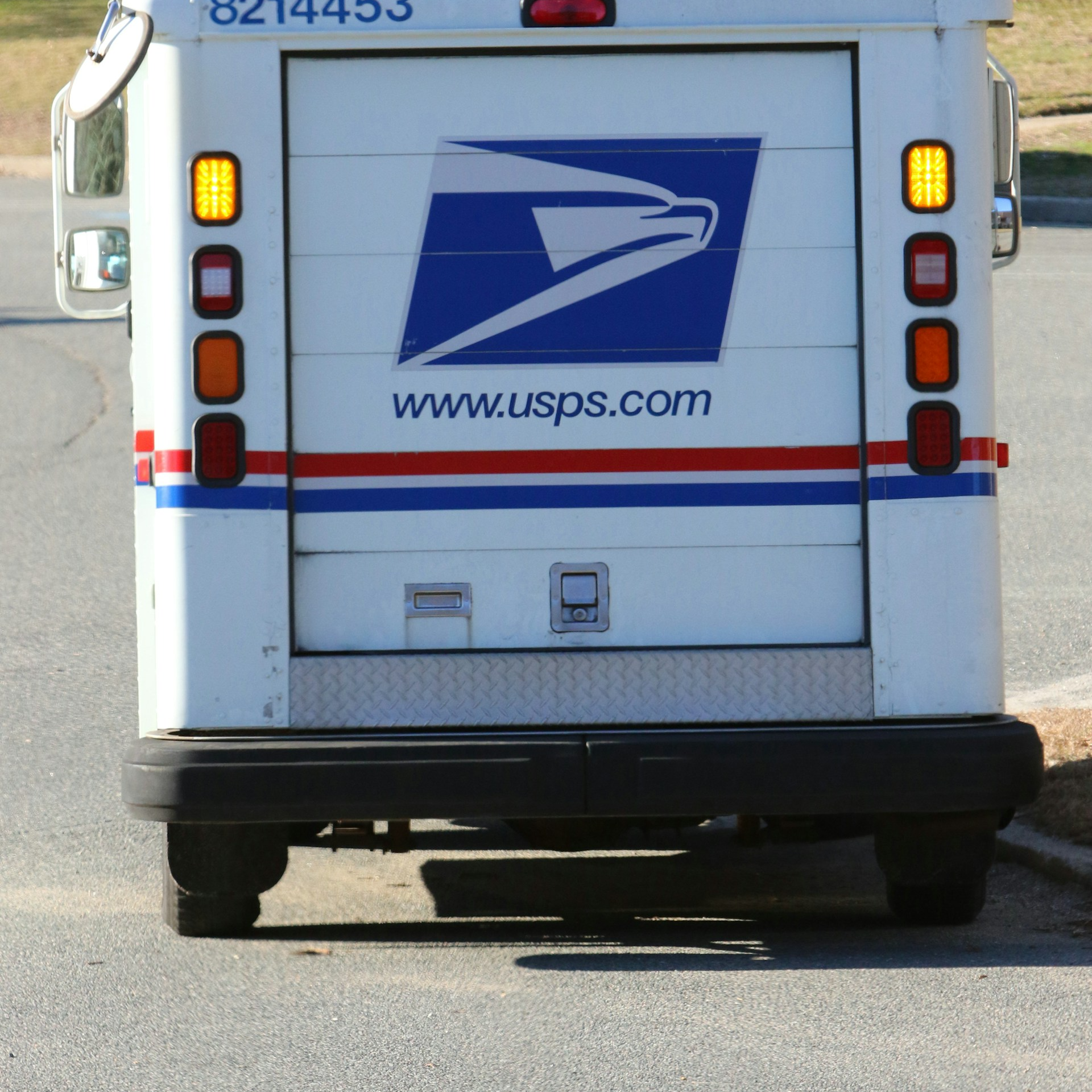Key Takeaways
-
You aren’t automatically enrolled in a PSHB plan for 2025—so you must take action if you want to be covered correctly.
-
If you’re a USPS employee or retiree, this year’s switch from FEHB to PSHB means reviewing plan details and Medicare enrollment rules is more important than ever.
What Changed for 2025—and Why It Matters
Starting in 2025, the Postal Service Health Benefits (PSHB) Program replaces your old FEHB coverage if you’re a USPS employee, retiree, or eligible family member. This shift is mandatory, but here’s the kicker: enrollment isn’t automatic for everyone.
If you don’t make the right choices during Open Season (which runs from November to December each year), you could end up with a plan that doesn’t suit your needs—or worse, no coverage at all. That’s why knowing exactly what to do this year is key.
Are You Automatically Enrolled?
Let’s break it down:
-
If you’re currently enrolled in an FEHB plan and don’t make any changes during Open Season, you will automatically be enrolled in a similar PSHB plan. But that doesn’t mean it’s the right one for you.
-
If you’re not currently enrolled, you’ll need to actively choose a PSHB plan to gain coverage in 2025.
Even if you’re in the auto-enroll category, it’s smart to double-check the new plan features, costs, and networks. Some coverage details may shift, and assumptions from the FEHB days won’t always apply.
Who Needs to Enroll Actively?
There are certain situations where you absolutely must take action:
-
You retired from USPS and were not enrolled in FEHB as of December 31, 2024.
-
You are newly eligible for PSHB in 2025 and not currently covered.
-
You’re a family member or survivor annuitant not automatically mapped into a plan.
These scenarios require you to manually select a PSHB plan—or you risk going uncovered.
Medicare and PSHB: A New Layer to Watch
If you’re turning 65 or older in 2025, or you already have Medicare, listen up:
-
Most Medicare-eligible USPS retirees and family members must enroll in Medicare Part B to stay eligible for PSHB coverage.
-
If you don’t enroll in Medicare Part B when required, you could lose access to PSHB altogether.
Exceptions to This Rule
There are a few groups who aren’t required to enroll in Part B:
-
Retirees who were already retired on or before January 1, 2025, and are not currently enrolled in Medicare Part B.
-
Those under age 65 who aren’t yet eligible for Medicare.
Still, even if you’re not required to enroll, doing so can bring extra cost savings since many PSHB plans reduce out-of-pocket costs for enrollees with Medicare Part B.
When You Can Enroll
Your main window to enroll in PSHB is during the Open Season, which happens annually from November through December.
However, there are also Qualifying Life Events (QLEs)—such as marriage, divorce, or loss of other coverage—that allow you to make changes outside of Open Season. Don’t wait for a QLE if you already know your situation is changing.
What You Should Be Doing Right Now
-
Review your current health plan and compare it with 2025 PSHB options.
-
Determine if you’re required to enroll in Medicare Part B and apply if necessary.
-
Mark your calendar for Open Season so you don’t miss it.
-
Gather details on your eligible dependents, especially if they’re aging into Medicare or aging out of coverage.
How PSHB Plans Compare to FEHB
While PSHB plans are designed to mirror FEHB in structure, you’ll notice some changes that could impact your decision-making:
-
Premium contributions may differ slightly, especially for annuitants.
-
Cost-sharing like deductibles and copayments might be higher or lower depending on the plan.
-
Network access could change, especially if your previous provider is not included.
-
Medicare coordination benefits are often improved in PSHB for those enrolled in Part B.
It’s important not to assume your old plan will behave the same way under PSHB. Even if it carries a familiar name, the benefit structure may look different.
What Happens If You Do Nothing?
If you’re already enrolled and eligible for automatic enrollment, doing nothing means you’ll be placed in a comparable PSHB plan. But you won’t have any say in:
-
Whether the new plan covers your doctors
-
Whether your prescriptions are still included
-
Whether your costs will increase or decrease
So while technically you can coast through Open Season, it’s not a risk worth taking. Making an informed choice now saves you from a year of headaches later.
The Danger of Ignoring Medicare Part B Requirements
We can’t stress this enough: not enrolling in Medicare Part B when required could result in loss of your PSHB coverage. That’s a big deal.
You don’t want to find out mid-year that your coverage was dropped because you didn’t check a Medicare box. Plan ahead:
-
Apply for Part B at least 3 months before your 65th birthday if your birthday is in 2025.
-
If you’re already 65 or older and not enrolled, talk to a Social Security representative immediately to avoid penalties or lapses.
How Survivor Annuitants Should Prepare
If you’re a survivor receiving benefits, your coverage may not map automatically depending on the situation. Make sure you:
-
Confirm your eligibility status with OPM
-
Actively enroll if no plan is assigned to you
-
Review Medicare Part B requirements for your age and situation
Tips to Get the Right Coverage
Getting the right PSHB plan isn’t just about having coverage—it’s about having the right coverage for you and your family. Here’s how to nail it:
-
Start early. Don’t wait until the final week of Open Season.
-
Use the plan comparison tool provided by OPM to break down key differences.
-
Look at the entire cost picture—not just the premiums. Factor in deductibles, copays, and maximum out-of-pocket limits.
-
Check the provider directory for each plan to make sure your doctors are included.
-
If you have Medicare, compare how each PSHB plan coordinates benefits. Some may waive deductibles or offer lower copays.
Your 2025 To-Do List
Here’s a simplified checklist to help you stay on track:
Don’t Get Left Behind in the Transition
The shift to PSHB in 2025 is one of the most significant changes to your USPS benefits in years. Don’t let automatic mapping or assumptions lead you into a plan that doesn’t serve your needs.
Being proactive now means you’ll enter the new year with peace of mind and coverage that actually works for your situation.
Need help figuring it all out? Reach out to a licensed agent listed on this website for expert, one-on-one guidance.

